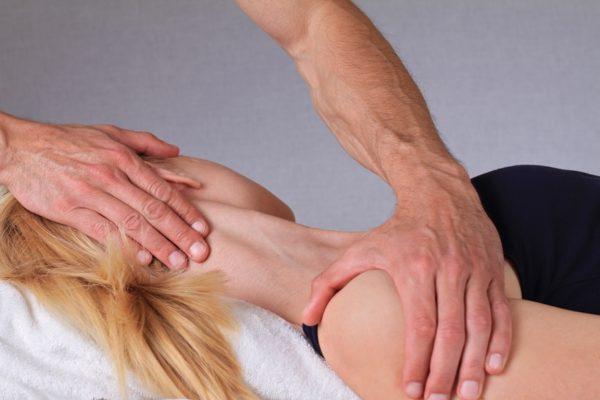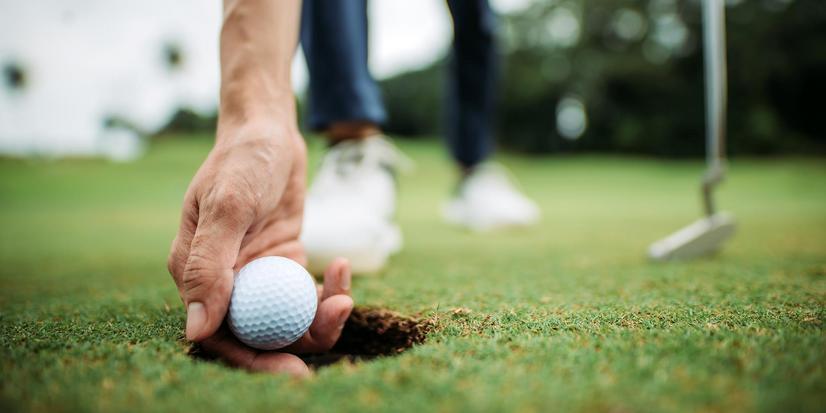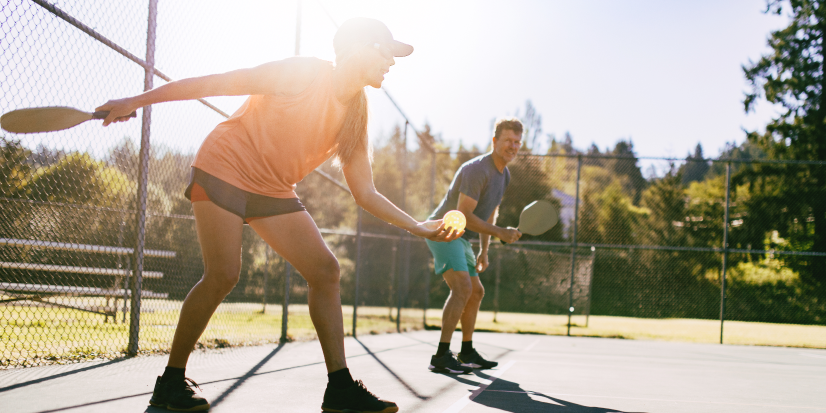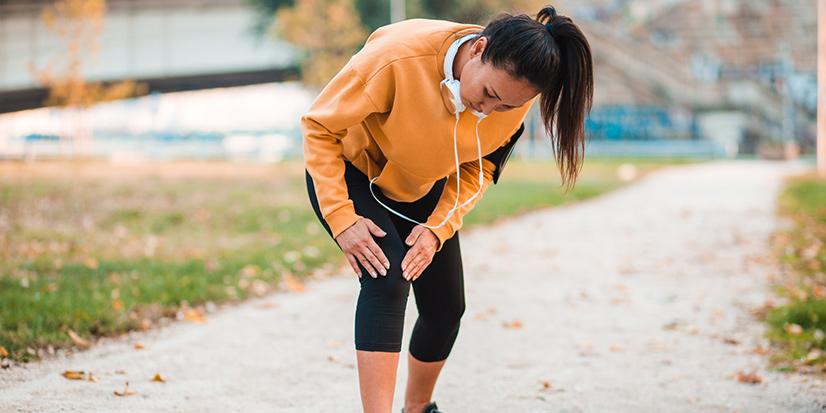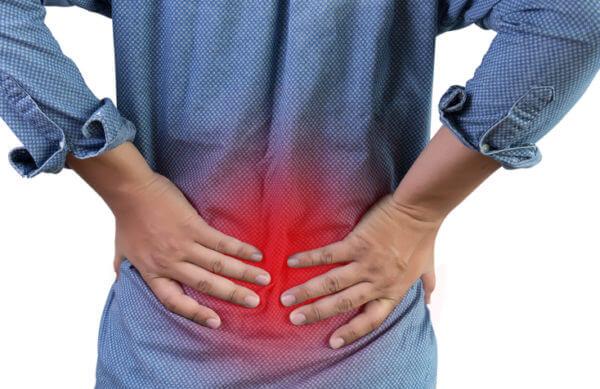Total joint replacement isn’t the only answer to joint pain. Less invasive options exist—we offer them. Altru Advanced Orthopedics cares about helping patients find solutions for joint pain because quality of life matters to us. That’s why our approach hinges on a coordinated team effort, including orthopedists, physical therapists, chiropractors and beyond. Above all, it’s important that you know what we have to offer, whether you are looking for solutions now or storing ideas away for later.
Mapping Out a Plan
The journey often begins by taking an individualized approach, specific to your pain level. “We approach problems methodically, identifying root causes and then possible interventions,” says Vinita Parikh, MD, anesthesiologist and interventional pain management physician at Altru. “We treat a variety of conditions, from tendon and acute ligament injuries to pain caused by osteoarthritis.”
Initial Interventions
Often, physical therapy is a first step, coupled with injections, as needed. “For example, when knee arthritis occurs, patients find they don’t want to be as active anymore, but that’s what their body needs and what physical therapy makes possible,” says Wade Olson, a nurse practitioner at Altru Advanced Orthopedics. “It sounds counterintuitive to move into the pain, but it isn’t. Well-conditioned knee musculature is beneficial.”
To reduce inflammation of the affected knee or joint, corticosteroid injections can offer temporary pain relief. When the knee’s natural lubricant, synovial fluid, breaks down as a result of osteoarthritis, these injections add hyaluronic acid back to the knee to help restore this fluid.
“Basically, these injections make it possible for bones to glide more easily and absorb shock,” Olson says. “This injection is part of a series of injections, given once a week for up to five weeks, to reduce the pain associated with arthritis.”
Healing Techniques
“The body needs routine maintenance, just like a car,” says Jordan McIntyre, DC, chiropractor at Altru Advanced Orthopedics. “Wear and tear happen with aging, so it’s important to take action early and often.”
Noninvasive techniques play a pivotal role in routine health. Some of the options we offer include:
- Dry needling involves acupuncture-like needles that are inserted into tight muscles. An advanced technique, it brings in new blood to the muscle to flush out toxins and relieve muscle pain. The needle reaches deeper into the muscle than massage techniques can.
- Graston Technique® uses specialized massage to break down scar tissue to restore movement to affected areas like feet or elbows.
- Cupping works great for back conditions because it doesn’t involve compression, only cups that suction blood to the surface. This process increases blood flow to mitigate pain. You may have heard of this during the Summer Olympics in Rio, as Michael Phelps used this technique.
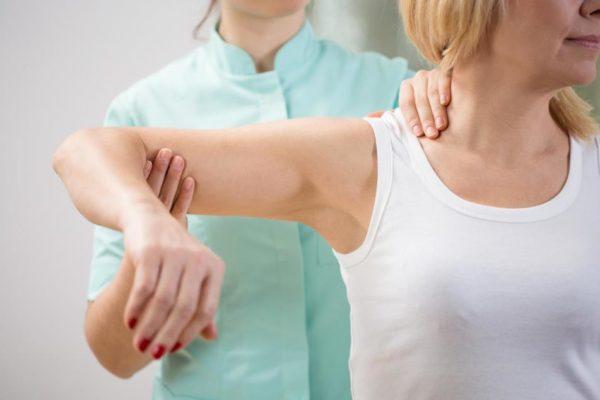
“From my perspective, it’s always best to try the least invasive approach first,” Dr. McIntyre says. “You may not need surgery or want to invest the time it takes to heal from a more invasive procedure.”
Platelets to the Rescue
If initial steps do not appear to reduce pain symptoms and improve a patient’s quality of life, sometimes the next step includes a discussion about platelet-rich plasma (PRP), an up-and-coming technique rich in possible benefits. For those who battle osteoarthritis, or have a rotator cuff or ligament tear, PRP injections add platelets to the affected area, supplying much-needed proteins, or growth factors, to stimulate healing.
Here’s How It Works
A blood sample is taken from you and is spun in a centrifuge to isolate platelets. After the platelet concentration increases, these healing properties are added back to your blood sample and returned to your body.
“We use your own blood, not someone else’s,” Dr. Parikh says. “In six to eight weeks, you should notice an improved pain level, though some patients may require multiple treatments.”
Of course, this approach isn’t for everyone and doesn’t replace surgery. It is, however, a healing intervention geared toward helping people who have chronic pain.
Cartilage Restoration
Another option for those living with knee pain is cartilage restoration. When cartilage is worn or damaged, it can limit mobility and cause pain. This procedure repairs the articular cartilage, a firm, rubbery material that covers the ends of bones in the knee. Restoring the cartilage can help to improve athletic performance, relieve pain and slow the progression of further cartilage damage. It could be a good fit for those ages 20 to 50, as it’s a way to delay the need for joint replacement.
If joint pain is keeping you sidelined from activity, call 701.732.7700. Together, we can team up against the pain.


